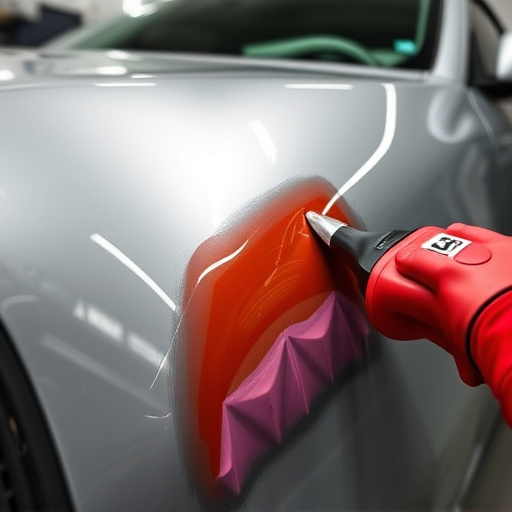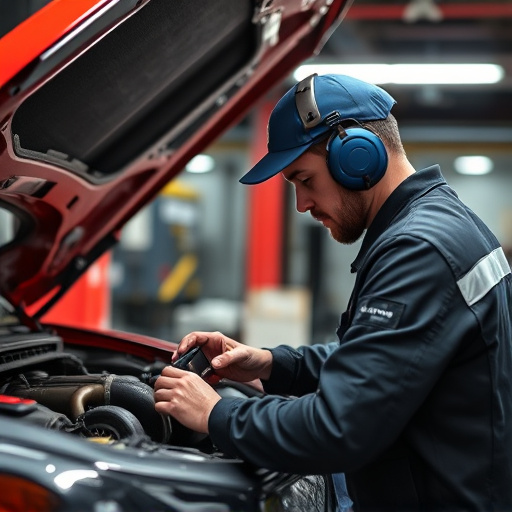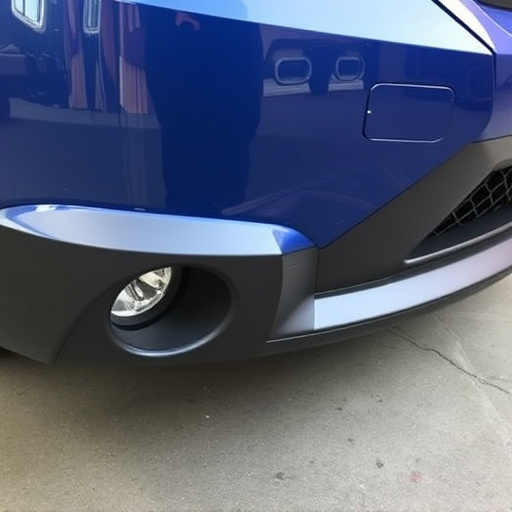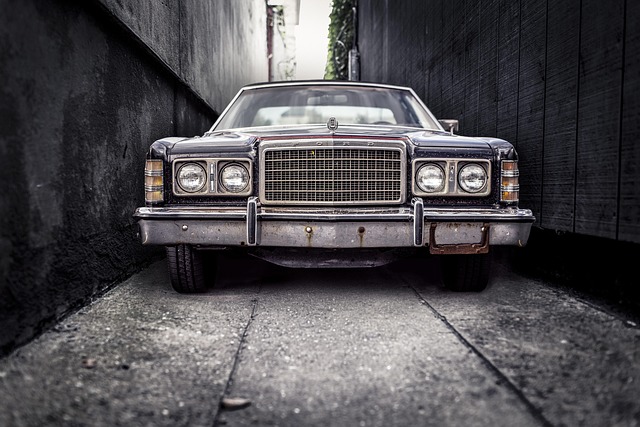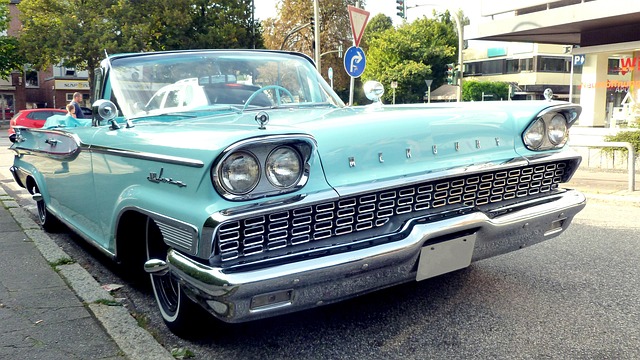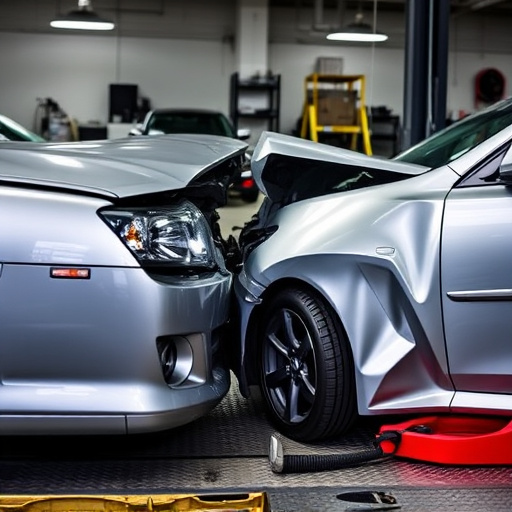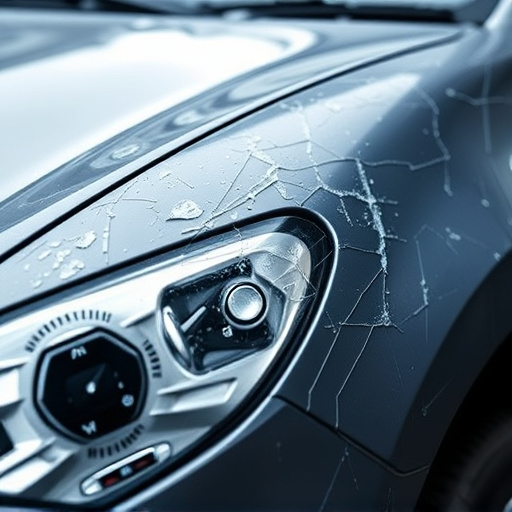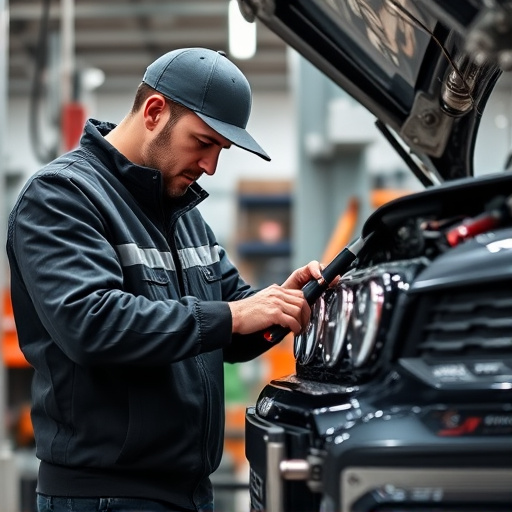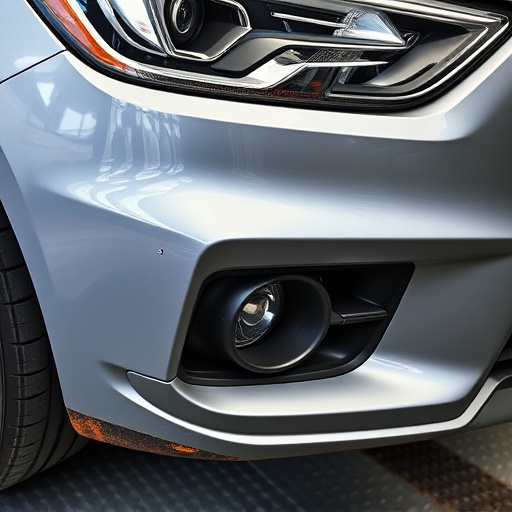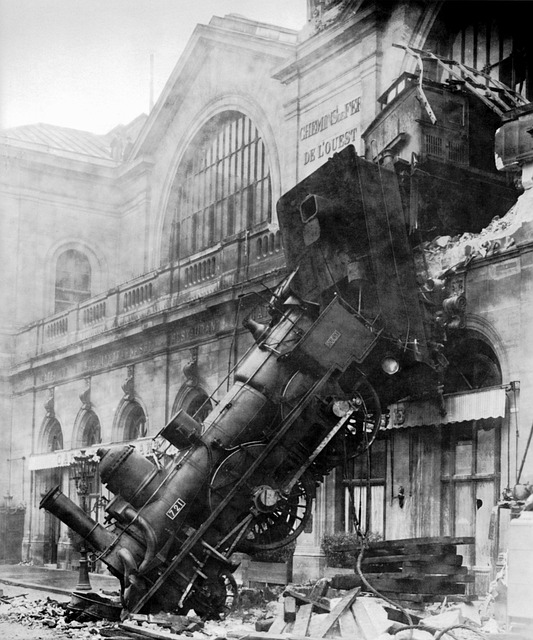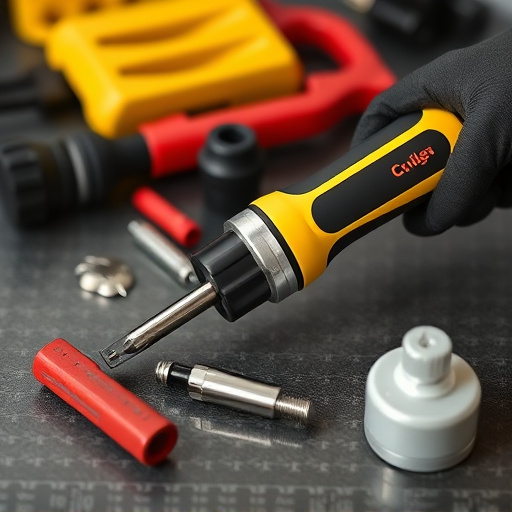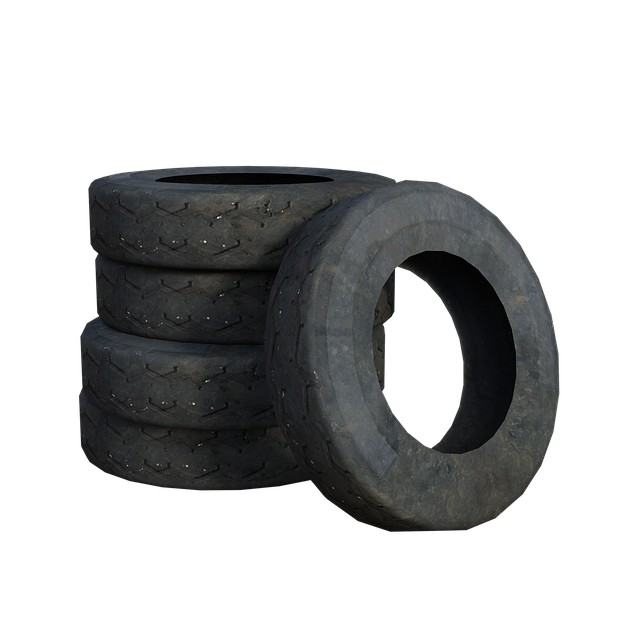Post-accident frame analysis is a meticulous process using advanced tools to assess vehicle damage beyond surface level. Critical for safety, quality, and legal proceedings, it must be unbiased to prevent unfair advantages or disadvantages in insurance claims and litigation. Luxury brands like Mercedes-Benz require rigorous standards to ensure admissible and reliable evidence, upholding precision and reliability in every repair.
In the intricate world of accident investigations, the concept of ‘post-accident frame analysis’ plays a pivotal role. This process, involving the interpretation of evidence and statements after an incident, can significantly impact legal outcomes. However, biases inherent in human perception or analytical methods may lead to unfair conclusions. This article delves into the nuances of post-accident frame analysis, exploring its legal implications and the challenges associated with ensuring fairness and accuracy in such critical assessments.
- Understanding Post-Accident Frame Analysis
- Legal Implications of Bias in Analysis
- Navigating Challenges: Fairness and Accuracy
Understanding Post-Accident Frame Analysis
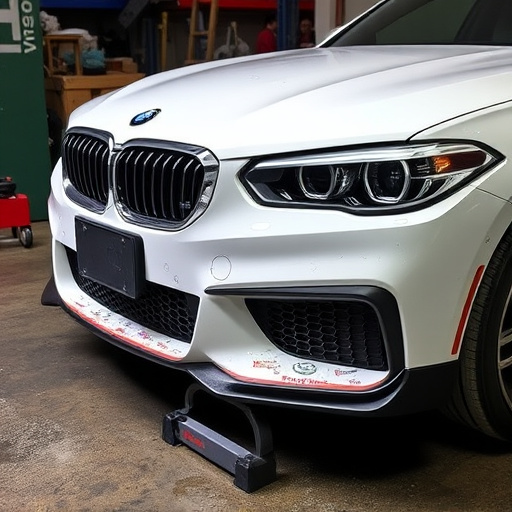
Post-accident frame analysis is a meticulous process that involves examining and documenting the condition of a vehicle after a collision. It goes beyond surface-level assessments, delving into the structural integrity and potential hidden damage of the vehicle. This methodic approach leverages advanced tools and techniques to capture detailed images and measurements, providing an accurate representation of the accident’s impact. The analysis can reveal crucial information, such as misalignments in the frame, crushed panels, or internal component damage, which may not be readily apparent during a visual inspection.
For auto body services providers, this process is more than just a step in vehicle repair; it’s a critical aspect of ensuring safety and quality. Accurate post-accident frame analysis guides repairs, allowing for precise restoration of the vehicle to its pre-accident condition. Moreover, it plays a significant role in legal proceedings, providing forensic evidence that can support insurance claims or civil lawsuits. Auto repair near me facilities increasingly rely on these advanced analysis methods to deliver top-notch services and maintain their reputation in an industry where precision and reliability are paramount.
Legal Implications of Bias in Analysis

The integrity of post-accident frame analysis is paramount, as it significantly influences legal outcomes. Any bias in the assessment process can lead to unfair advantages or disadvantages for parties involved, particularly during insurance claims and litigation. Experts engaged in this field must remain impartial to ensure a just evaluation. Bias may creep in unconsciously through preconceived notions about vehicle damage, brand reputation (for instance, Mercedes-Benz repair), or even personal preferences, skewing the analysis and potentially causing severe legal repercussions.
When bias impacts the post-accident frame analysis, it can undermine the credibility of the entire process. This is especially critical in complex cases where detailed and unbiased assessments are crucial for determining liability and compensation. Car repair services and collision centers must maintain rigorous standards to prevent such biases, ensuring their reports are admissible and reliable as evidence in legal proceedings.
Navigating Challenges: Fairness and Accuracy

Navigating Challenges: Fairness and Accuracy
Post-accident frame analysis is a critical process in determining liability and facilitating efficient repairs, particularly for luxury vehicle brands like Mercedes Benz collision repair centers. However, it can also present significant challenges related to fairness and accuracy. One of the primary concerns is ensuring that the analysis is conducted impartially, without bias towards any party involved in the accident. This becomes especially crucial when dealing with high-end vehicles, where even minor repairs can be extensive and costly.
Accuracy is another vital aspect, as inaccurate frame analyses can lead to inappropriate repairs or, worse, potential safety hazards. For example, a misaligned frame in a vehicle dent repair scenario could compromise the structural integrity of the car. Therefore, mechanics and analysts must employ advanced tools and techniques to guarantee precise measurements and assessments, ensuring that every repair, whether for a Mercedes Benz collision repair or any other luxury vehicle, meets the highest standards of quality and safety.
Post-accident frame analysis, while a valuable tool for understanding incident dynamics, must be conducted impartially to avoid legal complexities. Bias in analysis can lead to unfair interpretations and inaccurate representations of events, with significant consequences for all parties involved. Navigating these challenges requires a commitment to fairness and accuracy, ensuring that the analysis remains an objective and reliable source of information. By adhering to strict standards, we can ensure that post-accident frame analysis serves its purpose without introducing legal issues or undermining the integrity of investigations.
